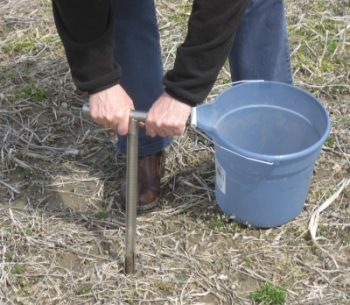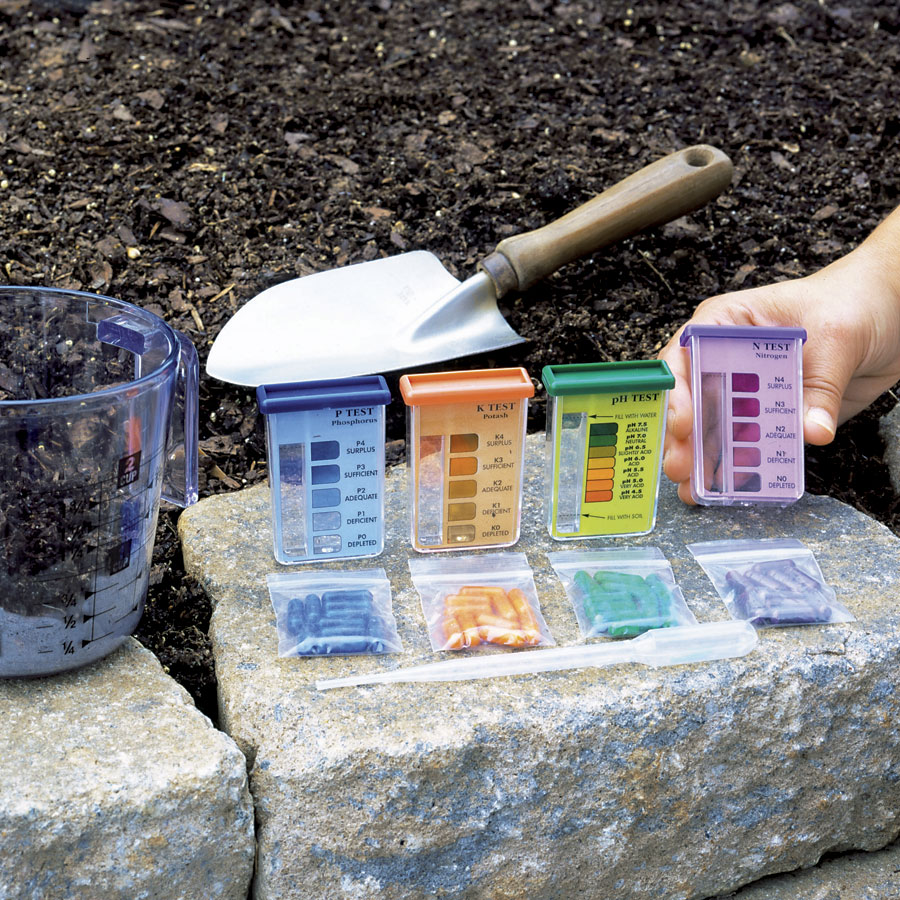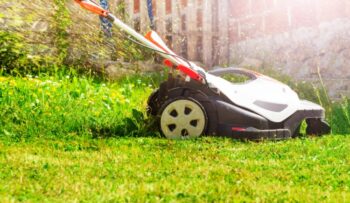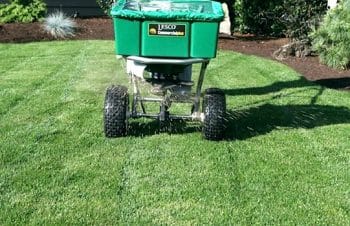Knowing Is Half The Battle
 Soil is made up of minerals, organic matter, air and water. Soil contains nutrients and is the foundation for plants. The importance of lawn soil analysis is to provide a complete understanding how to improve soil quality. Improving your soil increases plant health, therefore is critical to growing a lawn. If your grass is not growing as well as it could? Your soil might be nutrient deficient. With a detailed soil analysis you will know exactly what nutrients are established in your soil.
Soil is made up of minerals, organic matter, air and water. Soil contains nutrients and is the foundation for plants. The importance of lawn soil analysis is to provide a complete understanding how to improve soil quality. Improving your soil increases plant health, therefore is critical to growing a lawn. If your grass is not growing as well as it could? Your soil might be nutrient deficient. With a detailed soil analysis you will know exactly what nutrients are established in your soil.
Providing grass the correct nutrition will help grow thicker & healthier. This will help to prevent heat and drought damage in addition help to prevent weeds and lawn disease.
Test Kits
A soil test determine if your soil is acidic, neutral or alkaline. Additionally soil tests also indicates which elements are deficient from your soil. Soil test kits are available at your local lawn and garden centers or online. These kits will provide an immediate analysis of your soil’s pH and nutrient levels. Your local cooperative extension office can test your soil sample for pH and nutrient levels.
The soil analysis usually takes a few weeks to complete and would incur a small fee for testing. This analysis includes detailed results and suggested amendments specific to your area and region.
How to Test Your Soil
When gathering a soil sample for analysis, you will need a clean bucket, garden trowel and a clean plastic container.(Do not use metal). The steps are easy, however should be followed carefully to achieve an accurate soil reading.
- Use clean the tools to collect the soil sample. Cross contamination is likely when using dirty tools.
- Dig five holes 6 to 8 inches deep in the planting area.
- Dig a 1/2-inch slice along the side of a hole and place it in the bucket. Repeat this step for every hole.
- Mix the soil in the bucket. Spread the soil on a newspaper to dry out. Collect a pint for your sample.
- Take the sample when the soil is mostly dry. Testing wet soil may not read accurately.
Soil should be tested in the fall or early spring to allow time to verify results in time for planting. Testing can be completed at any time otherwise.
Improving Soil Types
- Adding garden lime to acidic soil. Garden lime and limestone reduces soil acidity. Lime also is a natural source of calcium and magnesium. These elements are necessary for healthy plant growth. Fall is the ideal time to apply garden lime, however it can be applied any time of year.
- Improving Alkaline Soil – Soil conditioners with gypsum or sulfur are the most common amendments to improve alkaline soil. Organic compost can also increase soil acidity if applied regularly.
Improving soils is a long-term project that takes time to complete. When using lawn care products or soil amendments. Follow the package directions, application procedures and wear proper clothing, protective equipment, and follow listed safety precautions.






3 Responses
Very informative! The best part about living in California is how goof the soil is where I live.
Thanks for explaining how to use a test kit to check if your soil is acidic, neutral, or alkaline and find any element deficiencies. You could also hire a professional for the testing. This could help you get accurate information about the soil as well as ensure you have someone who can answer your questions and teach you what improvements you need to make.
https://www.civilqualityassurance.net/soil-thermal-resistivity
I thought it was interesting when you explained that soil testing is important because it helps you to know how to improve the quality of the ground. I would also imagine that it is important to know what is in the dirt before you put a building on top of it. It would be interesting to learn more about the role that soil testing plays in the construction industry.